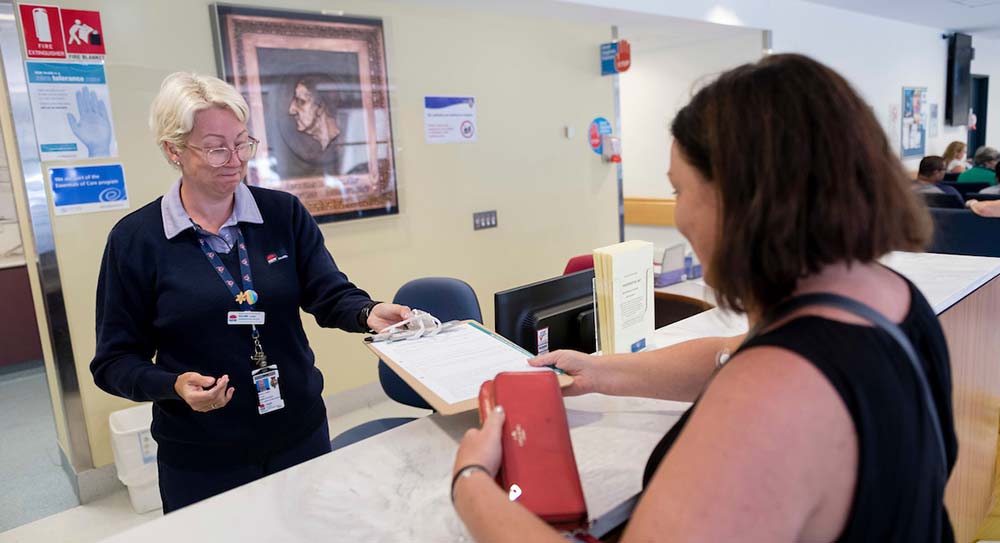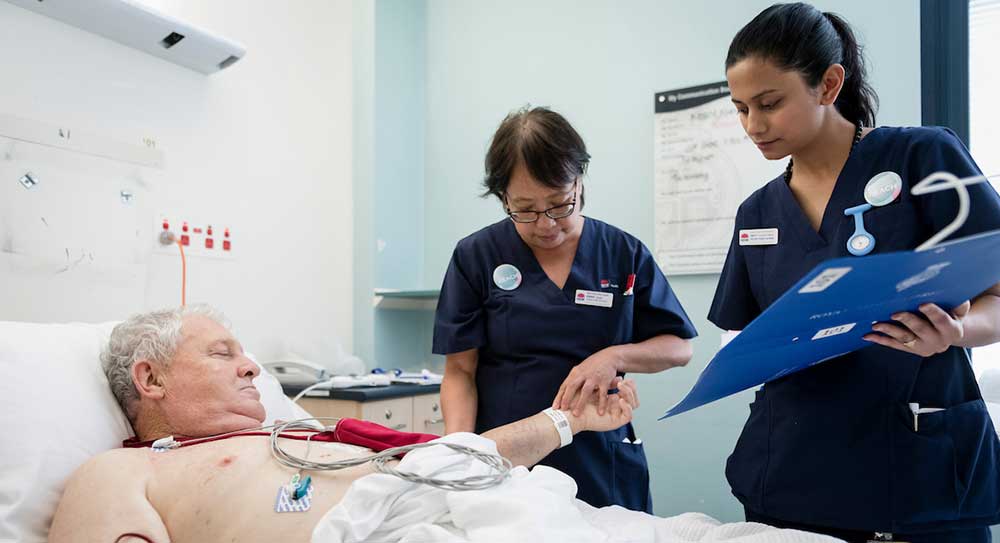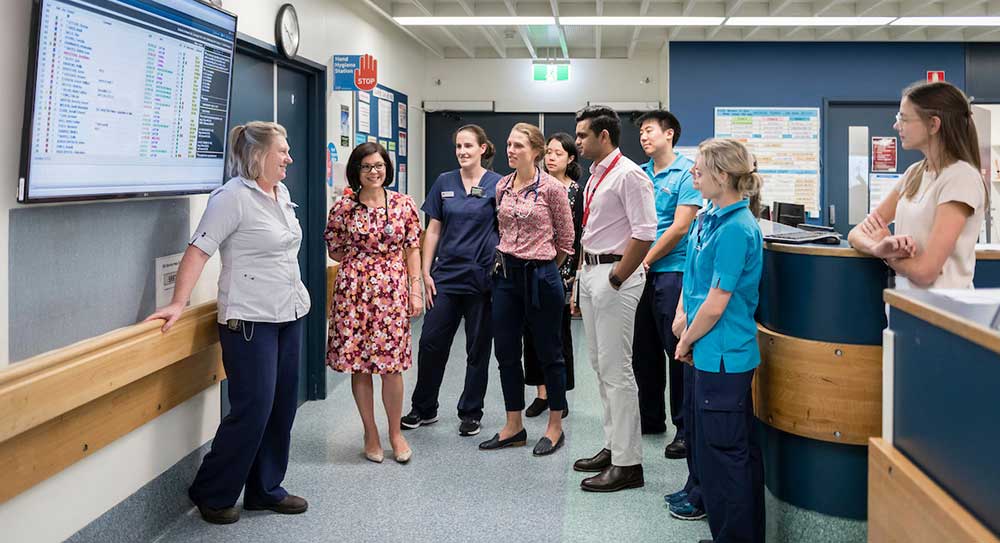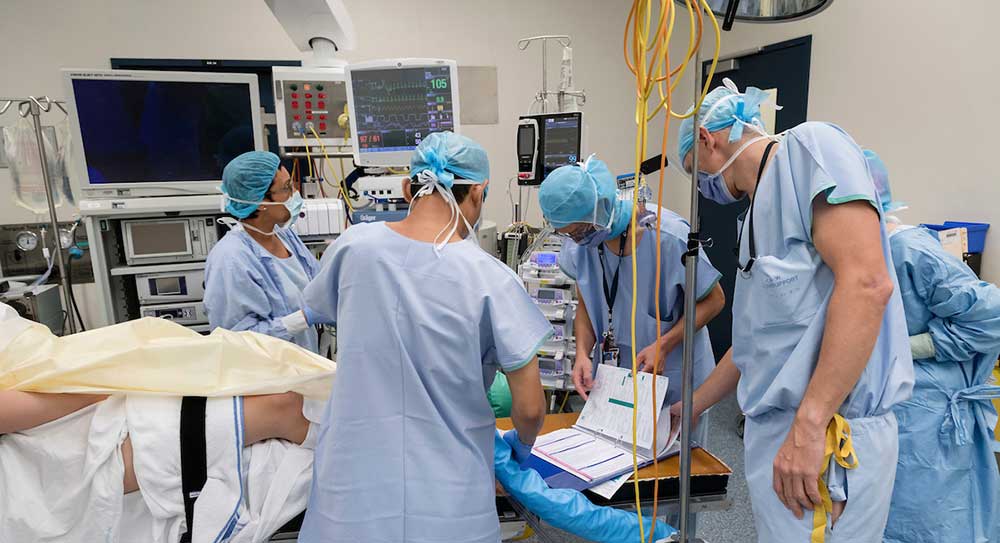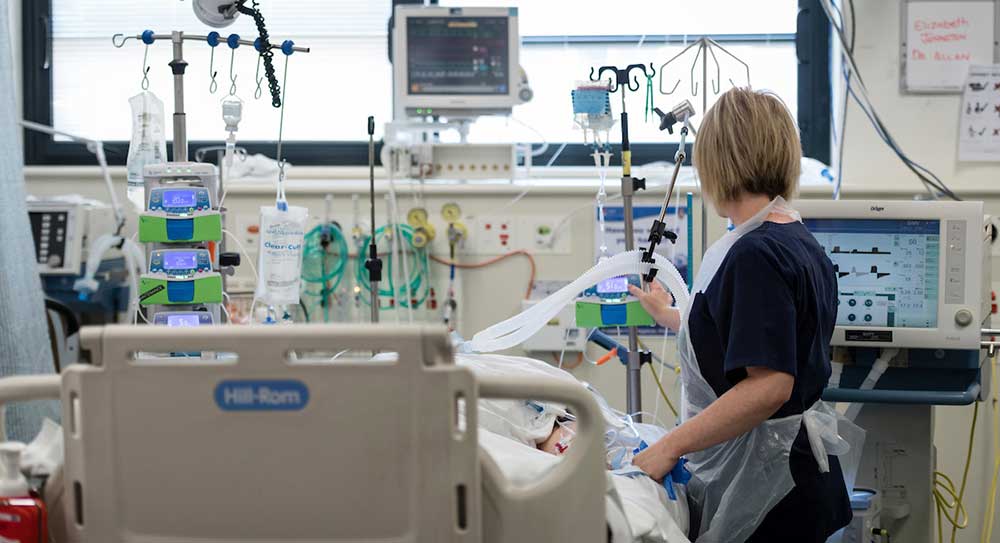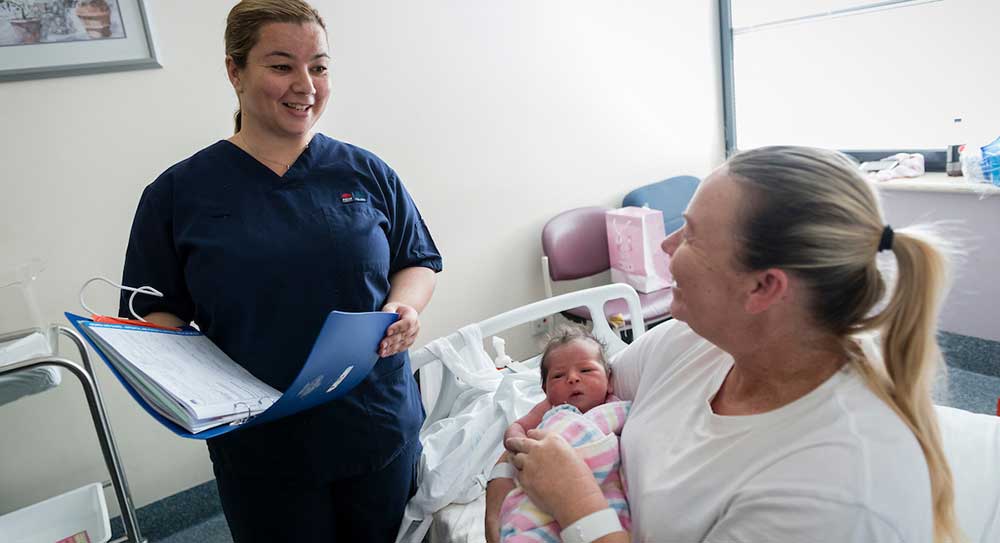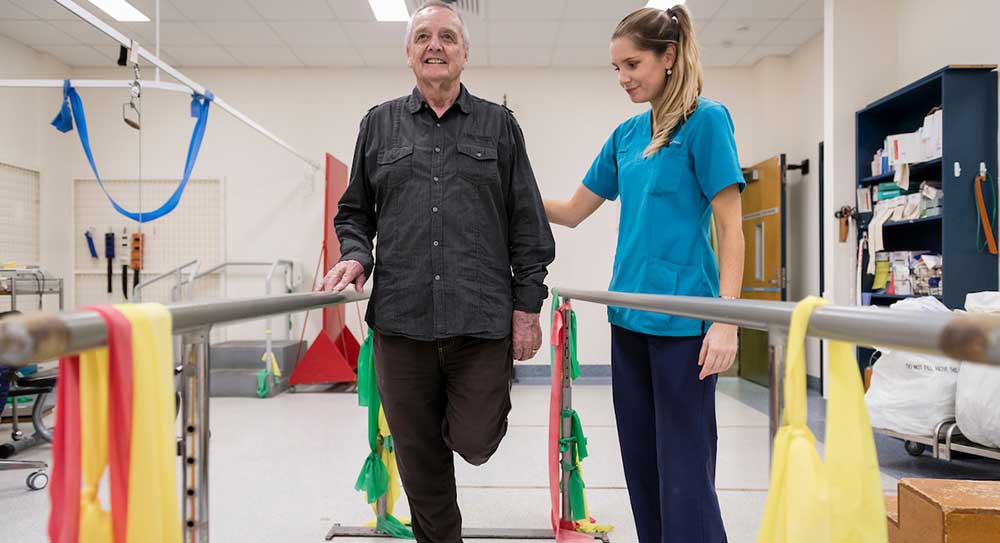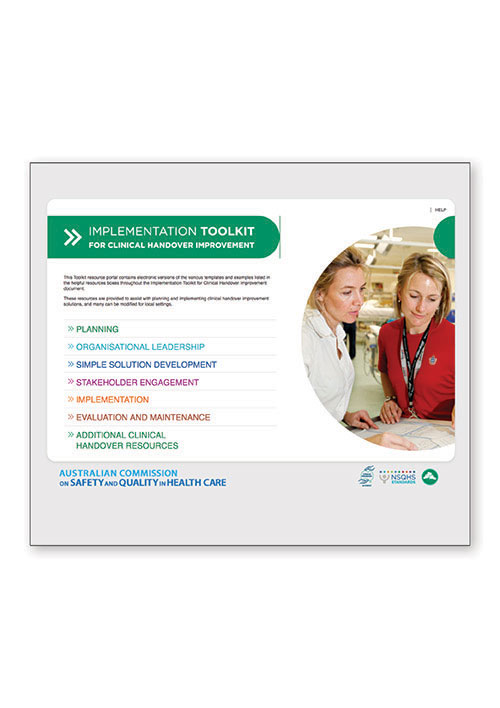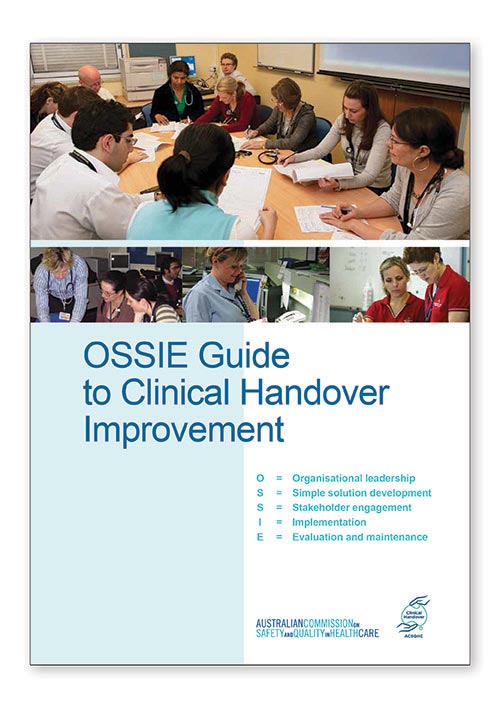Communicating for Safety
Communication is integral to all aspects of patient care. Clinical communication is the exchange of information about a person’s care that occurs between treating clinicians, members of a multidisciplinary team, and between clinicians and patients, families and carers.
A breakdown in the transfer of information is one of the most important factors in serious adverse events and is a major preventable cause of patient harm. Communication is a core clinical skill that can be developed and improved with practice, experience, continuous learning, mentorship and support.
This portal is based on the Framework for Communicating for Safety. It is designed to provide clinicians and health service managers with an easy navigable repository of resources to support clinical communication improvement and implementation of the National Safety and Quality Health Service (NSQHS) Standards (second edition).
The portal has guidance, tools and resources to support the core skills for communicating for safety, and each of the communication touchpoints described in the Framework. It links to, and supports, work undertaken by Australian health service organisations in the areas of clinical communication and can be used as a resource for further learning.




